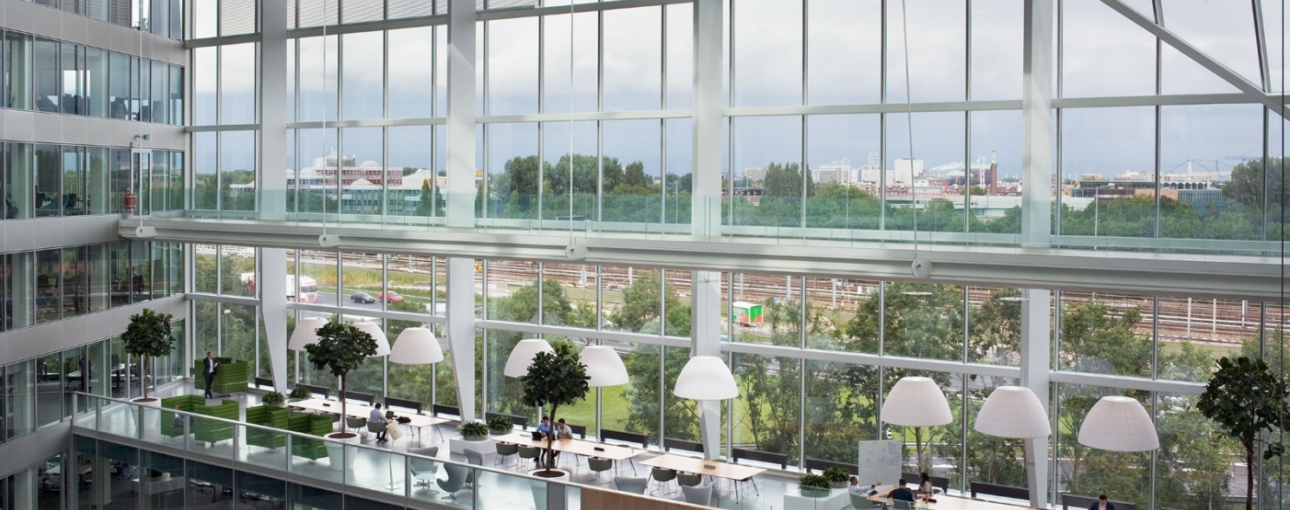The Role of Digitisation in Building Transformation
Digitisation is playing an important role in improving the energy efficiency of buildings, but how does it achieve this?
We live in an era dominated by technological advances, where we cannot conceive of our daily lives without digital tools. Buildings, like people, are reinventing themselves or facing obsolescence. Digitisation has become a fundamental tool to achieve the goals set for 2050.
As we have heard repeatedly, buildings are one of the main sources of greenhouse gas emissions in Europe, responsible for approximately 40% of energy consumption and 36% of emissions in the EU. About 35% of buildings in Europe are around 50 years old on average, making them a significant source of pollution. As a building ages, its energy consumption increases, and thus, its environmental impact grows. Figure 1 shows how almost all countries exhibit low levels of energy efficiency in their building stocks, underscoring the urgency to improve the built environment in the EU to transform it from energy inefficient to efficient.
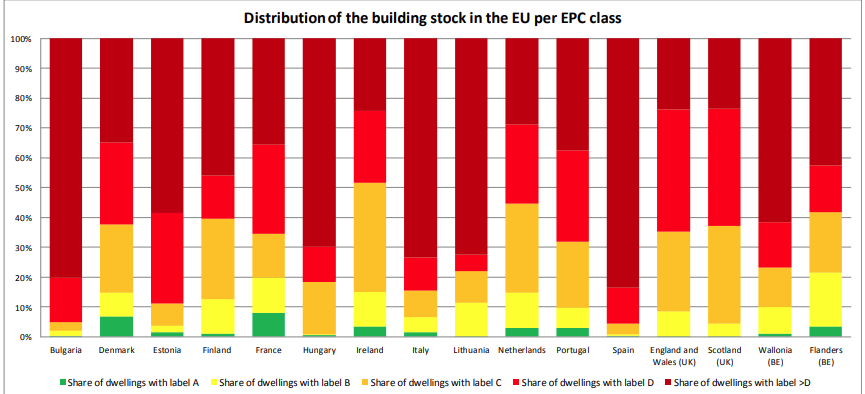
One of the main factors contributing to high indoor energy consumption is the intensive use of air conditioning, necessary both for cooling spaces in the summer and heating during the colder months. CoolLIFE has emerged as a response to this growing demand for space cooling in buildings, emphasizing the importance of adopting sustainable solutions. This initiative is distinguished by developing open-source tools that facilitate the integration of efficient space cooling solutions in the decision-making process of building design and management.
Smart buildings offer a wide range of possibilities and improvements. They are infrastructures that, combined with advanced technologies, optimise their operation and use. Through sensors, they can study user behaviour and optimize their experience within them, adjusting temperature, water, and space cooling systems, as well as lighting, to improve people’s health and comfort. This space optimization not only generates energy and economic benefits but also reduces the carbon footprint by using energy only when and where necessary.
Currently, one such smart building is located in Amsterdam, in the Netherlands. It is nicknamed “The Edge” and is integrated with more than 28,000 sensors distributed over its 40,000 m² making a great use of innovative smart technology.
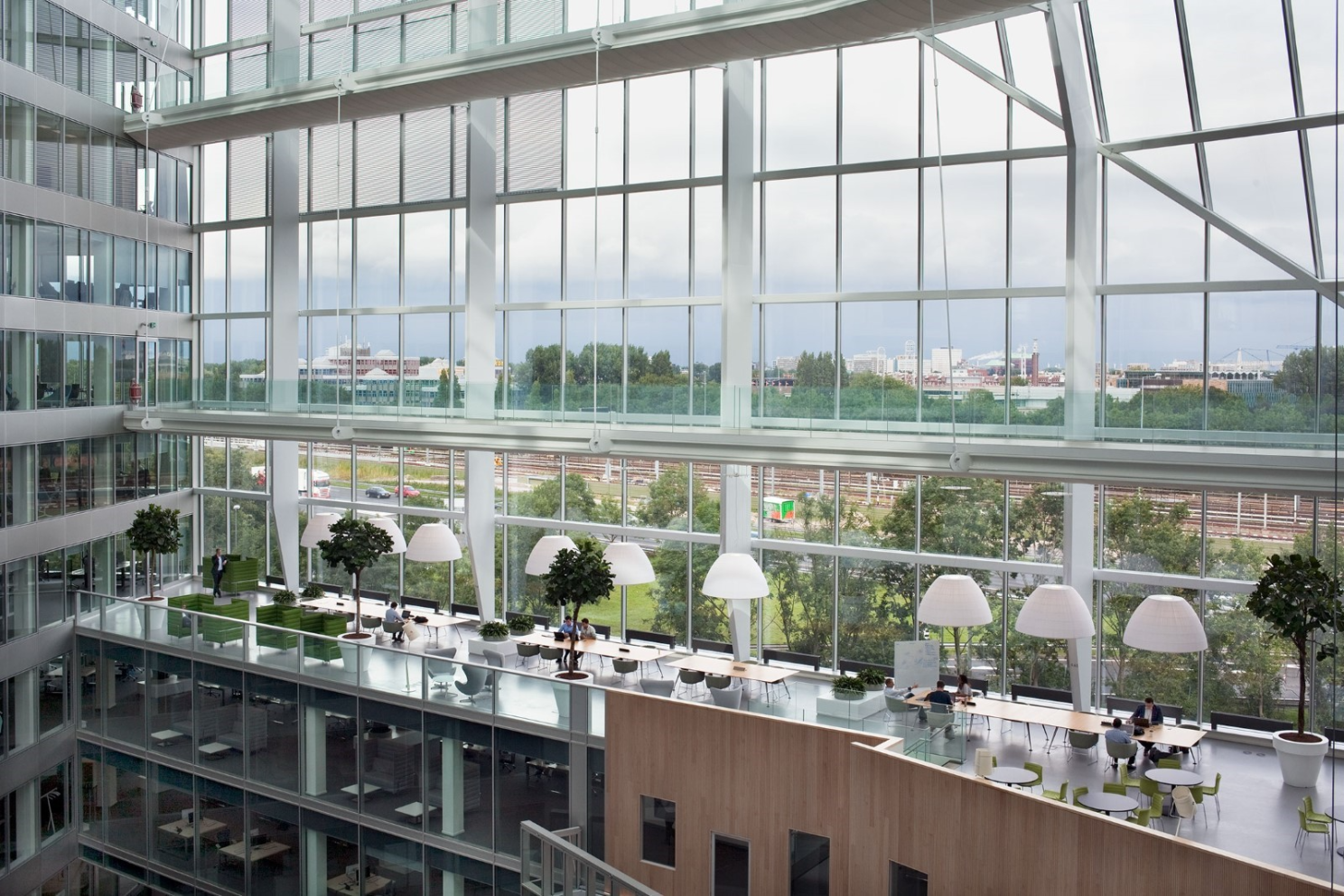
This building has received the highest score from the Building Research Establishment (BRE) with 98.63%. The BRE is an organisation focused on improving the safety and sustainability of buildings. All its energy comes from renewable energy sources and a passive design contributes to its high sustainability. Some examples of this are its orientation following the sun cycle, leaving the most exposed side fully glazed to let in as much light as possible while the south side is equipped with solar panels together with the roof to absorb and generate enough energy to power the electrical appliances used inside. To air-condition of the building, an underground thermal energy storage aquifer has been installed to generate all the energy needed for both heating in winter and for the hot summer months.
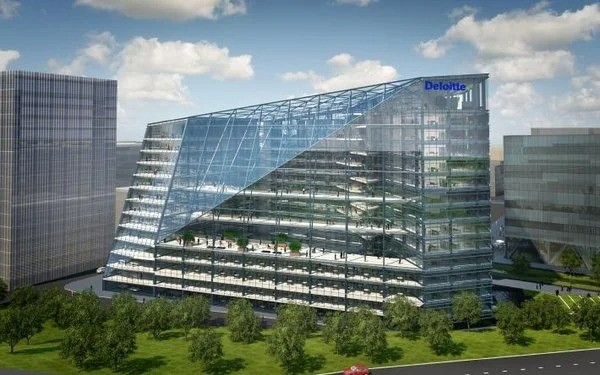
An integral part of Industry 4.0, the industry of the smart manufacturing and digital transformation, are the digital twins which provide a new and innovative vision of buildings. The simulations provide answers to present challenges through real-time information with a virtual copy of the building. This virtual copy allows actions to be taken to improve the energy efficiency and sustainability of buildings, optimizing their performance and anticipating problems before they occur. Digital twins are used a lot in cities’ urban planning, an example is the city of New York, which used this technology to map the city and its potential construction before starting any work. This way the city can evolve in a more efficient way.
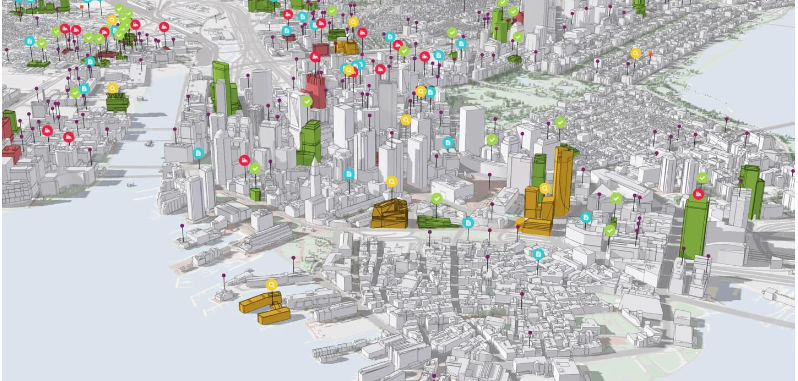
Digital tools are already the future of efficiency, innovation, and sustainability in the sector, generating greater resilience to future obstacles and being able to foresee them in advance thanks to technology.
Originally published in CoolLIFE LinkedIn, December 2024.
